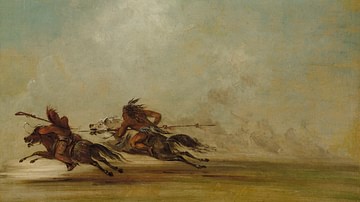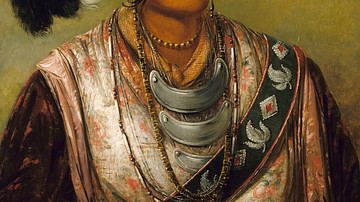Review

| Rating: | |
|---|---|
| Title: | Revolutionaries : The Other Story of How India Won Its Freedom |
| Author: | Sanjeev Sanyal |
| Audience: | General Public |
| Difficulty: | Easy |
| Publisher: | HarperCollins iNDIA |
| Published: | 2023 |
| Pages: | 356 |
In this book, the economist Sanjeev Sanyal explores the often-overlooked armed insurgencies led by Indian freedom fighters against British rule. Through the stories of these freedom fighters' struggles and sacrifices, Sanyal argues that their resistance was crucial in shaping India’s path to independence.
Revolutionaries: The Other Story of How India Won Its Freedom is a popular history book about the sacrifice of the Indian people during the Indian Revolution. The author, Sanjeev Sanyal, is currently a member of the Indian Prime Minister Narendra Modi's Economic Advisory Council while previously having worked at Deutsche Bank. The book aims to discuss the often ignored and mostly forgotten armed insurrections against the British Raj that took place alongside the much more celebrated non-violence movement. It recounts the triumphs and tribulations of revered martyrs like Bhagat Singh and Chandrashekhar Azad and the equally deserving, though lesser-known, freedom fighters like Rash Behari Bose and Sachindra Nath Sanyal. However, it is important to keep in mind that the author is not a trained historian but a politician.
This book attempts to change the perception of how the uprising against British rule was a scattered series of events fueled by misguided heroism, doomed to fail in their ultimate goals from the start. It was the doings of a well-planned network of revolutionary cells that stretched not just across the country, but across the world. Delving into the writings of figures like Aurobindo Ghosh and Sachindra Nath Sanyal, this book reveals a different perspective on their actions and goals. Rather than the "extremists" and "terrorists" portrayed by the British and their Indian loyalists, these works showcase mature and rational individuals driven by a deep love for their nation.
In the end, this book turns into a tragedy when readers are shown how only a handful of these revolutionaries lived to see an independent India (as opposed to the majority of the Gandhian faction). It was heartbreaking to see the plight of these revolutionaries and their families in newly independent India - neglected by the very nation they helped liberate. The soldiers of the Indian National Army (INA) or the naval ratings who took part in the naval mutiny of 1946 were not reinstated into independent India’s armed forces. In Pakistan, Jinnah allowed Muslim generals of the INA to join the army that fought wars with India, over Kashmir in 1947-1948. In a bitter twist of irony, the only battles the veterans of the Azad Hind Fauj (INA's Hindi name - literally "Free India Army") fought in after independence, were against an Azad Hind (Free India).
Like all of Sanjeev Sanyal’s books, Revolutionaries uses engaging language and prose, allowing readers to become acquainted with the general picture of Indian history if they are not familiar with this topic. Sanyal has also traveled to many of the places discussed in this book. From the site of the little curry restaurant Rash Behari Bose opened in Japan to the winding Calcutta gullies that witnessed Subhas Chandra Bose's daring escape to Germany, readers get a rich sense of place alongside the historical narrative.
In many of Sanyal's writings about Indian history, he has been attempting to write a revisionist history of India that has received mixed reviews because of its skewed narrative and obvious preference toward one side. His other books include The Ocean of Churn: How the Indian Ocean Shaped Human History (2016) and Land of the Seven Rivers: A Brief History of India's Geography (2012)
About the Reviewer
Cite This Work
APA Style
Narayan, D. (2024, November 25). Revolutionaries : The Other Story of How India Won Its Freedom. World History Encyclopedia. Retrieved from https://www.worldhistory.org/review/493/revolutionaries--the-other-story-of-how-india-won/
Chicago Style
Narayan, Dhruva. "Revolutionaries : The Other Story of How India Won Its Freedom." World History Encyclopedia. Last modified November 25, 2024. https://www.worldhistory.org/review/493/revolutionaries--the-other-story-of-how-india-won/.
MLA Style
Narayan, Dhruva. "Revolutionaries : The Other Story of How India Won Its Freedom." World History Encyclopedia. World History Encyclopedia, 25 Nov 2024, https://www.worldhistory.org/review/493/revolutionaries--the-other-story-of-how-india-won/. Web. 22 Apr 2025.




